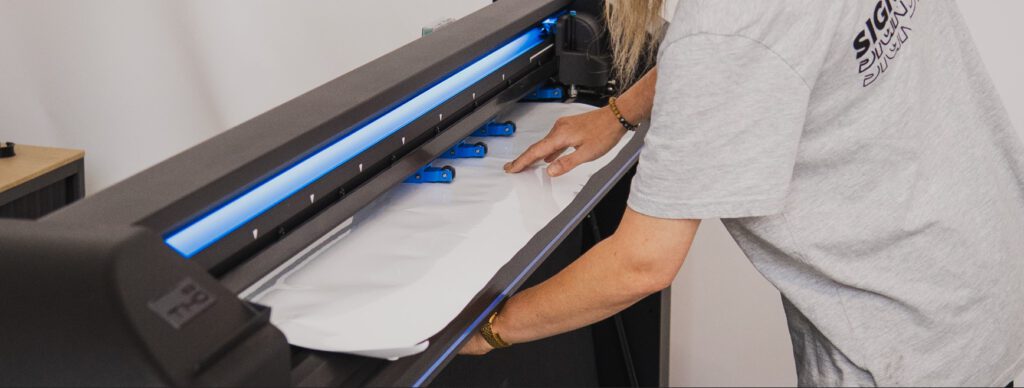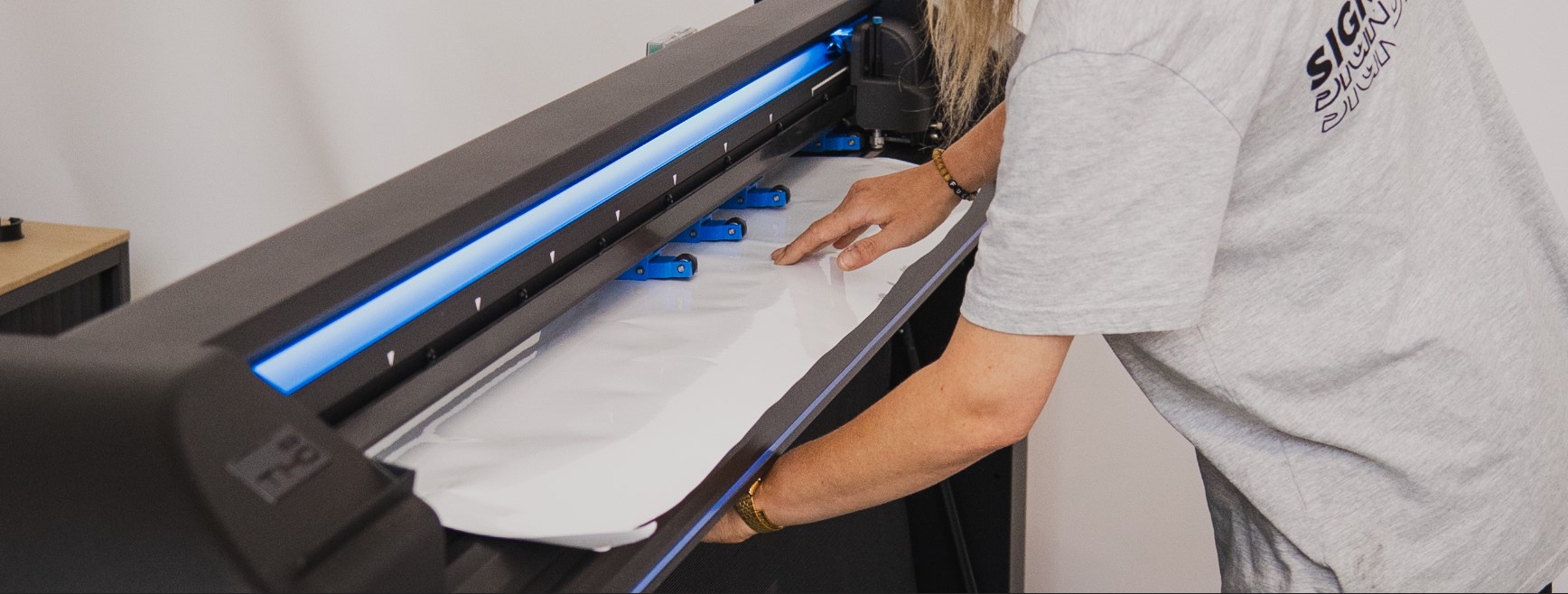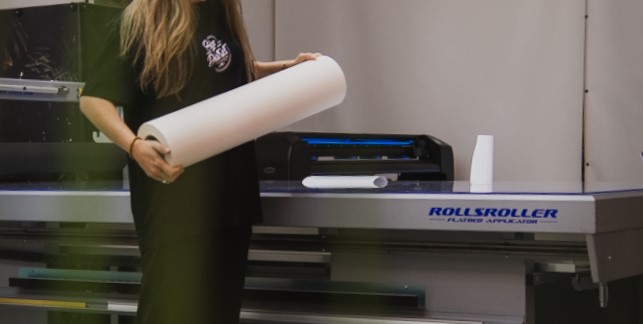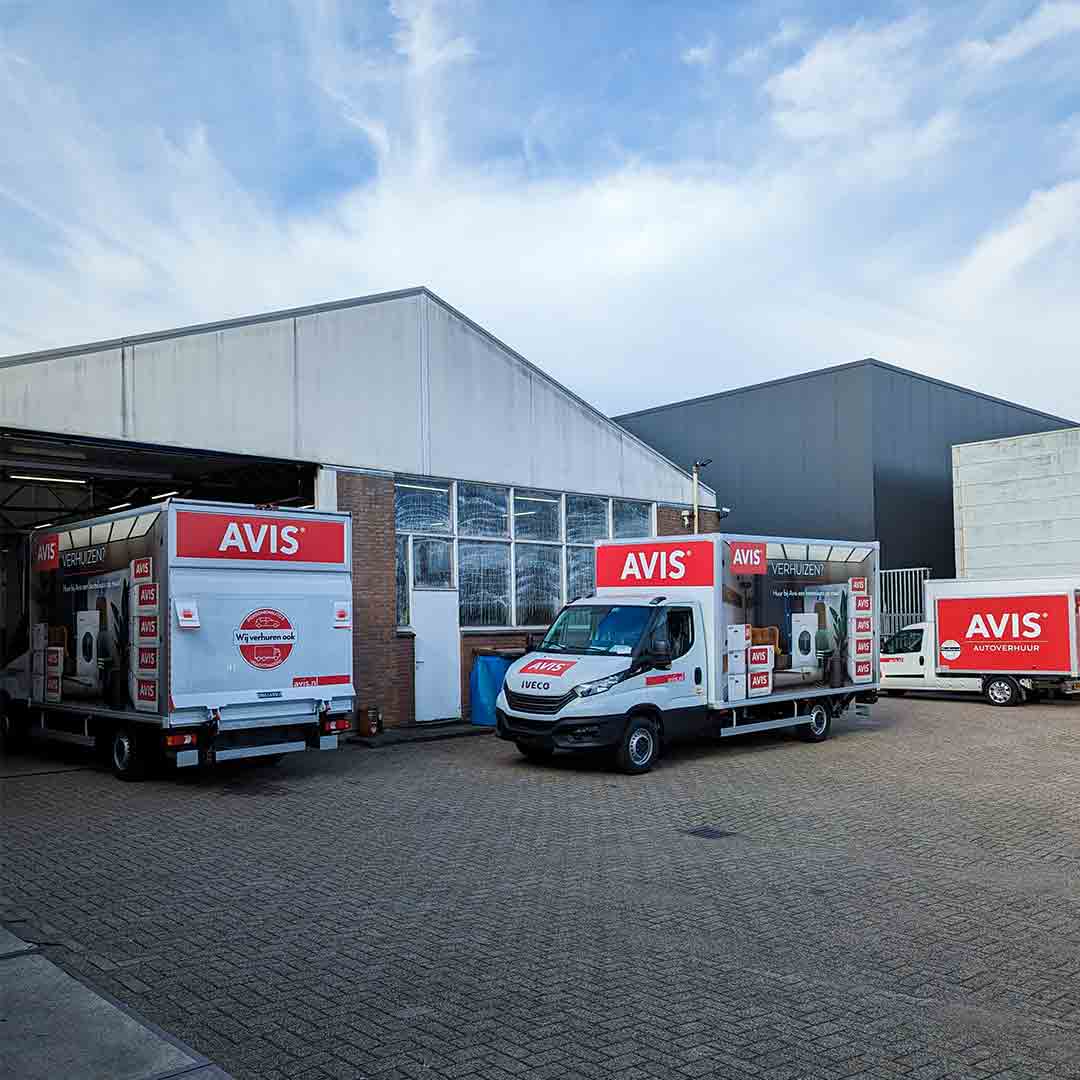Introduction
PVC wrap films have been the standard in the world of car wrapping and sign making for decades. These films combine flexibility, durability, and a wide range of colors and finishes. But how are these films actually produced? In this article, you will read step by step how the production process of PVC wrap film works, which materials are used, and how the development of this film came about.
Article Summary
- PVC wrap film is made from polyvinyl chloride with additives for flexibility and durability.
- There are two production methods: cast film (flexible, low shrinkage) and calendered film (cheaper, less flexible).
- Cast film is ideal for complex shapes and long-term applications.
- PVC has been known since the 19th century, but it was only in the 20th century that it became flexible enough for practical uses.
- Modern PVC films contain eco-friendly additives and are produced with increasing sustainability.
Raw Materials and Composition
The production process of PVC wrap film begins with the base material polyvinyl chloride (PVC), a plastic derived from ethylene and chlorine. To transform PVC into a flexible, workable film, various additives are incorporated: plasticizers (such as phthalates) for softness; stabilizers to protect the material from heat during processing; UV absorbers to prevent discoloration; pigments for color; and fillers for extra strength or cost savings. The exact formulation determines the flexibility, durability, and appearance of the final film.
Production Methods: Cast and Calendered Film
There are two main methods to produce PVC wrap film: casting and calendering.
- Cast Film
The liquid PVC blend is poured onto a carrier and cured, resulting in a highly flexible film with minimal “memory” (low shrinkage). Cast films are ideal for complex shapes and long-term applications. - Calendered Film
The PVC blend is pressed into a thin layer between heated rollers. This method is more efficient and cost-effective but yields a film that is more prone to shrinkage and less suited for extreme contours. Calendered films are further categorized as monomeric (shorter lifespan) or polymeric (longer lifespan).
Comparison Table of Film Types
| Film Type | Application | Production Method | Cost Tier | Durability |
| Cast film | Complex shapes, long-term applications (deep-contour car wraps, industrial signs) | Casting: liquid PVC blend poured onto carrier and cured | High | Very high (minimal shrinkage, long lifespan) |
| Calendered film – polymeric | Mid- to long-term wraps and signage | Calendering: PVC pressed between heated rollers; polymeric formulation | Mid–high | High (better shrink and UV stability than monomeric) |
| Calendered film – monomeric | Short-term wraps and temporary advertising (events, seasonal campaigns) | Calendering: PVC pressed between heated rollers; monomeric formulation | Low–mid | Limited (prone to shrinkage, shorter lifespan) |
| Innovative eco-friendly film (PET/TPU alt.) | Sustainable wrap and sign applications, eco-projects | Extrusion or calendering of bio- or alternative polymers (PET, TPU) | Mid–high | Very high (PVC-free, recyclable, lower environmental impact) |
Development and History
PVC was first discovered by accident in the 19th century. It was not until the 20th century that the material became flexible enough for practical uses, thanks to the addition of plasticizers. During the 1980s and ’90s, the technology behind PVC films was further refined—drawing inspiration from household applications like plastic tablecloths and shower curtains. The expertise gained from these uses laid the groundwork for the high-performance wrap films used today in automotive and signage industries.
Environmental Aspects and Innovation
The production of PVC wrap film involves substances such as chlorine and plasticizers, which can have environmental impacts. Modern manufacturers increasingly opt for lead-free stabilizers and more eco-friendly plasticizers. They are also developing recyclable and alternative films—such as PET and TPU—that have a lower environmental footprint. Innovations in formulation and production ensure that PVC wrap film becomes ever more sustainable and safer.
Conclusion
The production process of PVC wrap film is a complex interplay of chemistry, engineering, and innovation. By combining the right raw materials, additives, and manufacturing methods, a versatile film suitable for countless applications is created. Would you like to learn more about the composition or suitability of wrap film for your project? Feel free to contact Sign District for expert advice




